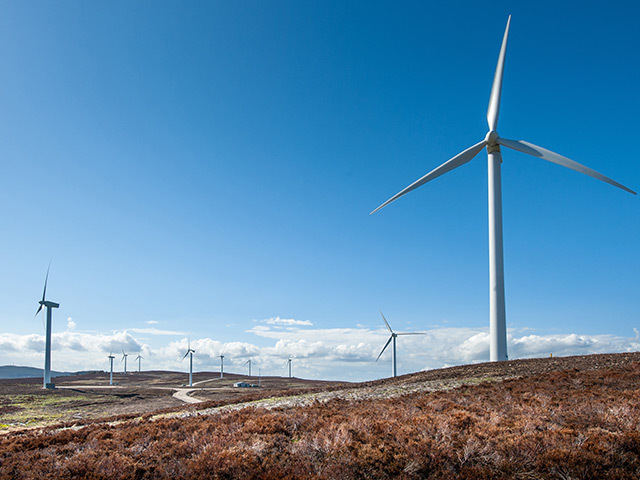
Sweden and Norway have agreed to boost their target for renewable-energy production amid concerns the additional capacity will exacerbate a power glut and strain the region’s electricity grid.
The subsidised joint energy programme will be increased by 2 terawatt hours (TWh), or the annual use of about 80,000 Swedish households, to 28.4TWh by 2020 from 2012 levels, the countries said today in Stockholm. The proposed new target will be set for January 1, 2016, pending lawmaker approval in both nations.
The proposal has come under fire from energy producers and traders who say more subsidised power will worsen a surplus that’s already set to exceed consumption by 10% in Sweden, according to the country’s energy agency. Sweden’s grid manager has raised concerns over the region’s ability to handle more intermittent renewable power production.
“We have been concerned about creating imbalances in our market, but at the same time we know there are markets out there with big demand for power,” Tord Lien, Norway’s energy minister, said today.
Plans for new interconnectors to Germany, the UK and the Baltic states will boost demand, he added.
A spokeswoman at Swedenergy said: “We produce far more electricity than we use.
“With limitations in the transmission connections, it’s very questionable from an economic point of view to subsidise additional power generation.”
Under the joint agreement, Sweden will pay for the cost of the addition to the target. It will also remove a tax relief for its wind-power producers to make investment conditions in the two countries more alike.
Norway and Sweden hand out tradable certificates to power companies for each megawatt-hour of renewable-energy they produce. Electricity suppliers and consumers are required to buy the certificates to match the power they provide or use.
Read more renewables news here.
Recommended for you
